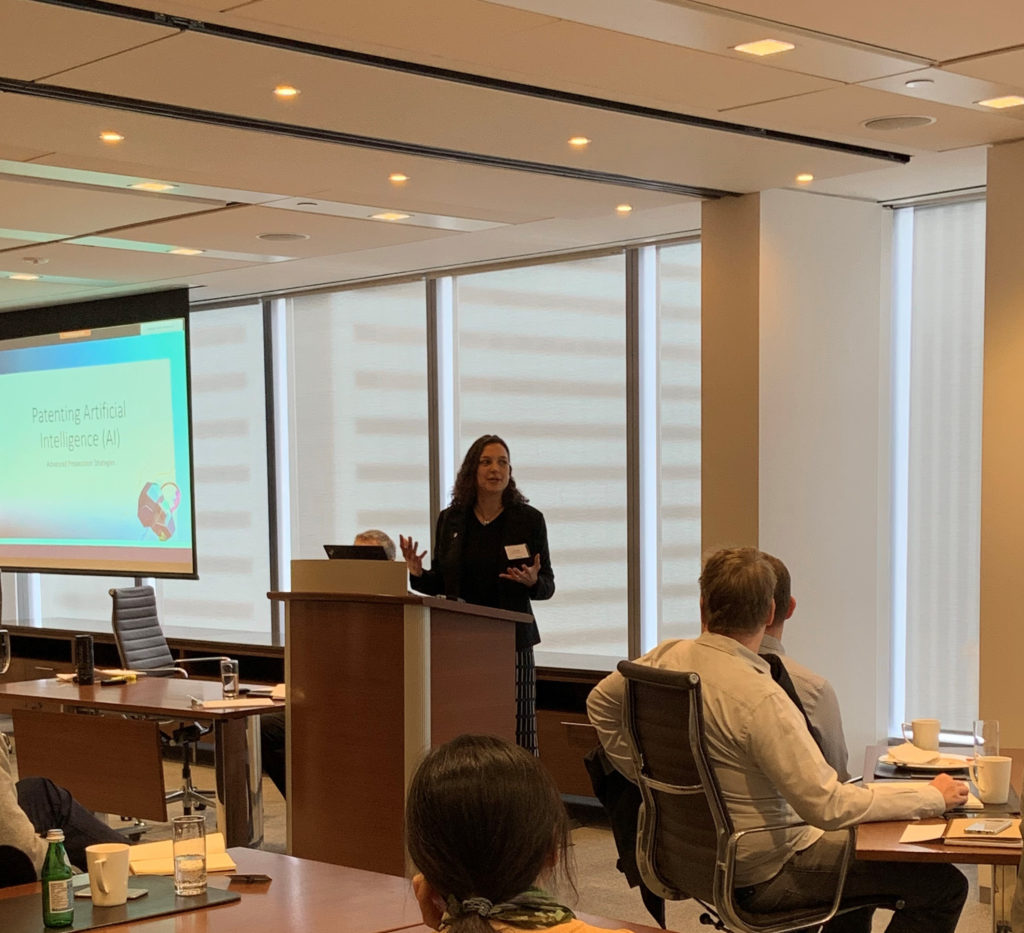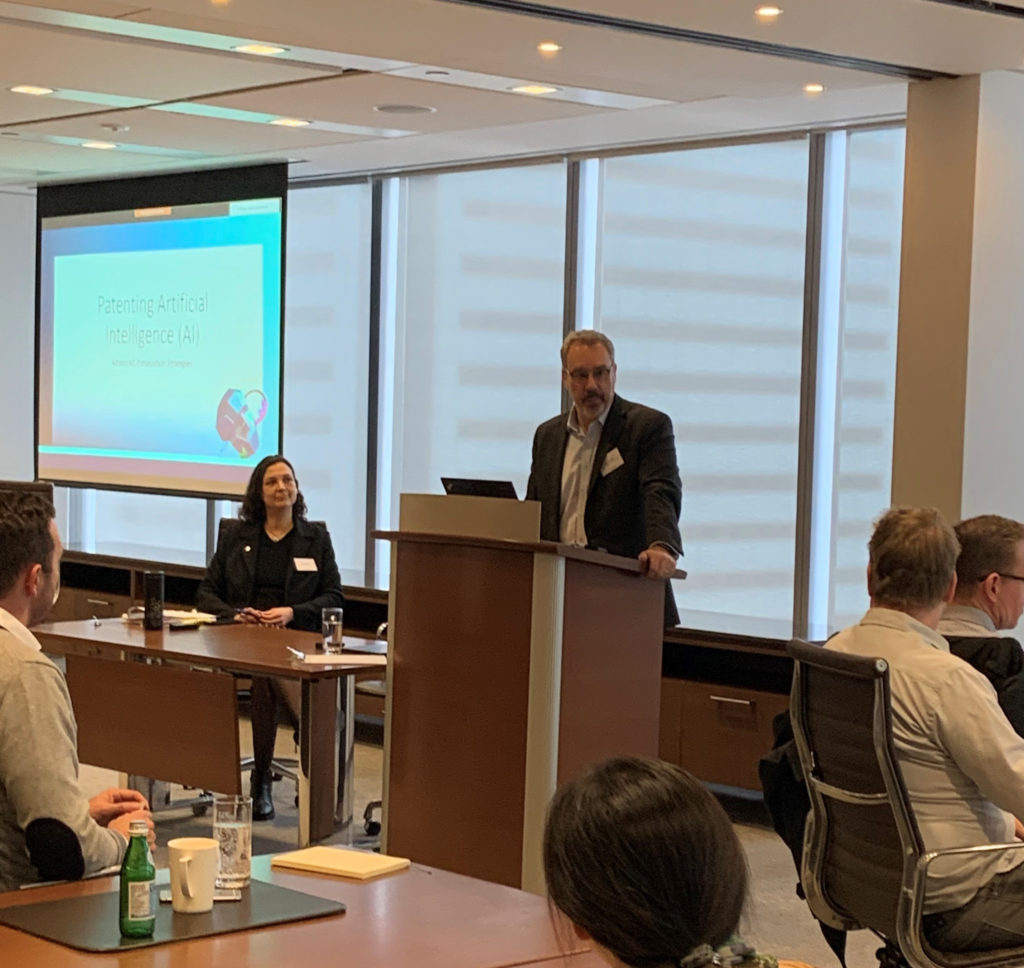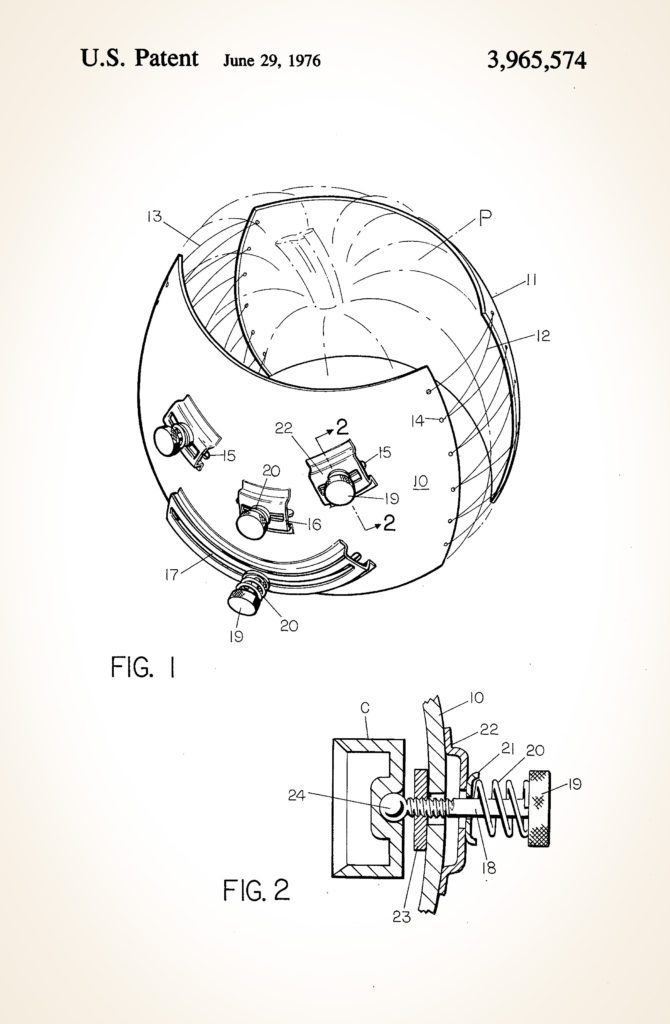On November 13, 2019, the Intellectual Property Institute of Canada (IPIC) and Fasken held a webinar on advanced patent prosecution strategies for patenting artificial intelligence (AI) related inventions.
Isi Caulder from Bereskin & Parr and I spoke on a number of topics including:
• AI Industry Trends to Watch
• Claiming Strategies
• Satisfying Subject Matter and Enablement Requirements
• AI Patenting Considerations in Canada, the U.S. and Europe
• Enforcement Considerations and Trends
Hosted in the Toronto office of Fasken, the seminar was webcast to Fasken’s Montreal, Ottawa, Calgary and Vancouver offices. The aim of the seminar was to provide attendees with understanding and insight into intellectual property (IP) and patent prosecution strategies for AI-based systems while considering the evolving subject matter/enablement landscape and current enforcement trends. We also considered more esoteric topics such as whether AI-based systems could be considered inventors under the patent system.
If you are interested in AI and IP law, please reach out for more information as any of the participants would be more than happy to discuss this ever changing area with you.
Learn more about our IP practice.





